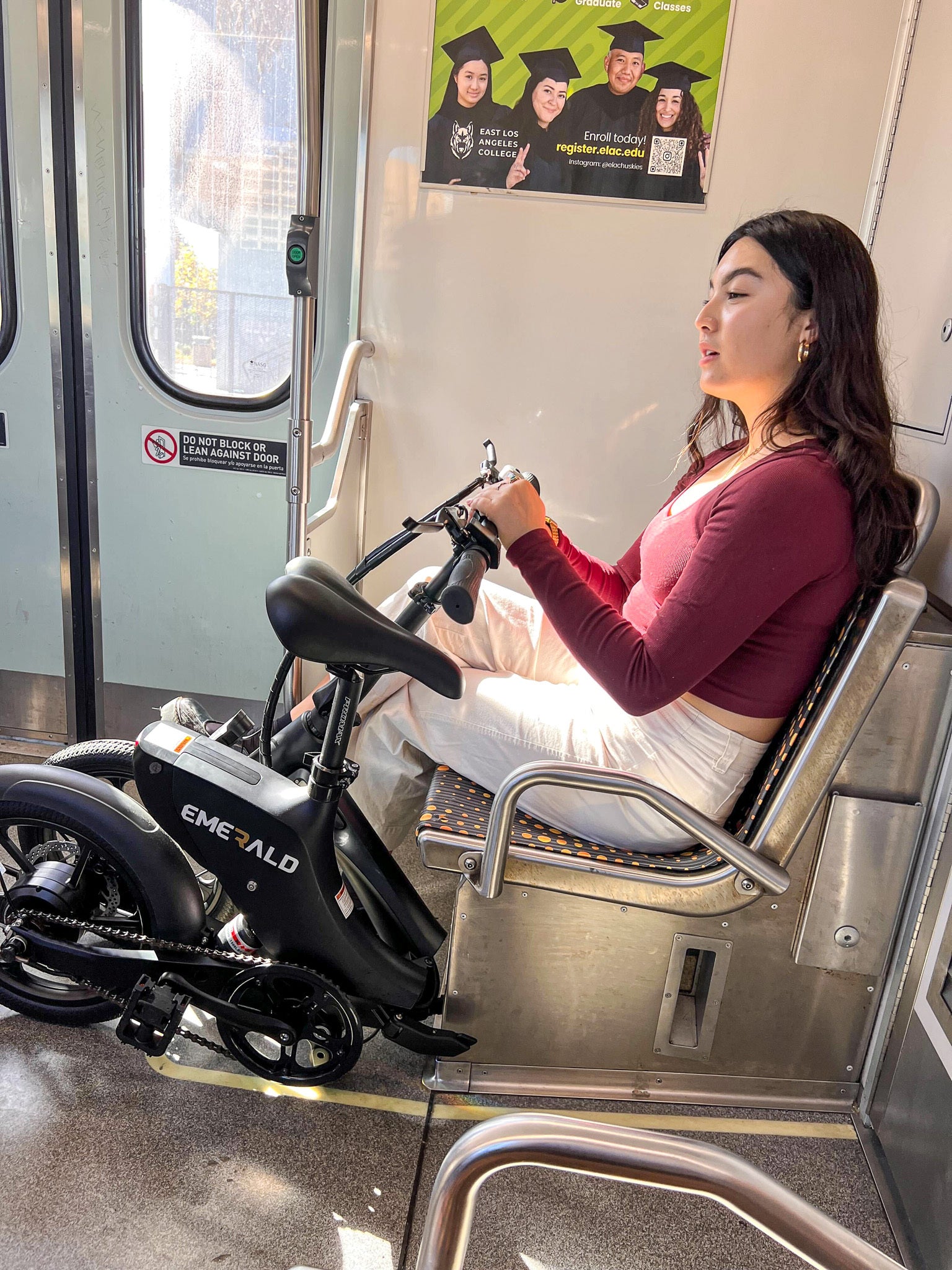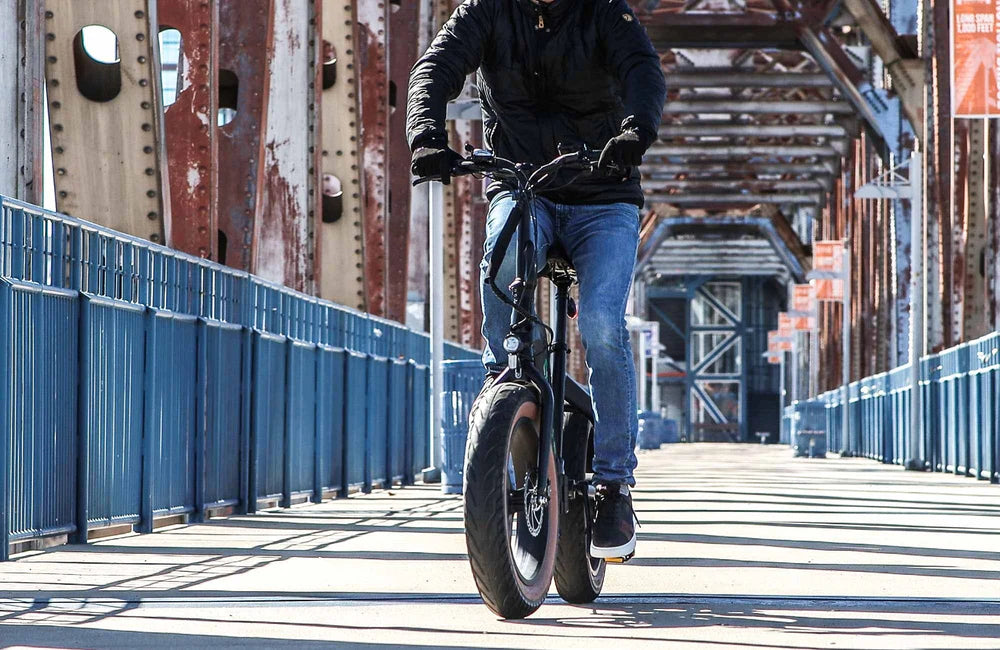E-bikes are more popular than ever, offering a convenient and eco-friendly way to get around town. In fact, global e-bike sales are projected to reach 40 million units by 2023, reflecting a growing trend toward sustainable transportation . But as more people hop on these electric two-wheelers, a common question arises: do you need a license to ride one?
The answer isn't as straightforward as you might think. It depends on where you live and what type of e-bike you're riding. In this article, we'll break down the licensing requirements for e-bikes in different regions, so you can ride with confidence and stay on the right side of the law.
E-Bike Classification and Licensing Overview
United States
In the U.S., e-bikes are categorized into three classes, and each class has different rules.
Class 1: Pedal-Assist Only (Up to 20 mph)
Class 1 e-bikes provide assistance only when you pedal, and the motor cuts off once you reach 20 mph. These bikes are the most similar to regular bicycles. The good news? No special license is needed to ride a Class 1 e-bike. You can hit the road without worrying about any additional paperwork.
Class 2: Throttle-Assisted (Up to 20 mph)
Class 2 e-bikes have a throttle, meaning you can get a boost without pedaling. Like Class 1, the motor assistance also caps at 20 mph. These bikes are often treated the same as Class 1 e-bikes, so you generally don't need a license to ride them.
Class 3: Pedal-Assist Only (Up to 28 mph)
Class 3 e-bikes provide pedal assistance up to 28 mph. They're a bit faster and might be subject to stricter regulations. Some states require riders to be at least 16 years old and to wear a helmet. However, a driver's license is typically not required for Class 3 e-bikes either.
European Union
Across the pond, the European Union has its own set of rules for e-bikes.
Pedelecs (Up to 25 km/h or 15.5 mph)
Pedelecs in the EU are similar to Class 1 e-bikes in the U.S. They provide motor assistance only when you pedal and are limited to 25 km/h (15.5 mph). No license is required to ride a pedelec. They're as easy to use as a traditional bicycle.
Speed Pedelecs (Up to 45 km/h or 28 mph)
Speed pedelecs can go faster, up to 45 km/h (28 mph). Because of their higher speeds, riding a speed pedelec is more like riding a moped. You'll need a moped license
, registration, and insurance to hit the roads legally with a speed pedelec.
Canada
Canada's e-bike regulations can vary by province, but there are some general rules to keep in mind.
General Regulations (Up to 32 km/h or 20 mph)
In most of Canada, e-bikes with a maximum speed of 32 km/h (20 mph) and a motor that doesn't exceed 500W are treated like regular bicycles. This means no license, registration, or insurance is required. Just hop on and go!
Australia
Australia has a straightforward approach to e-bike regulations, categorizing them into two main types.
Pedelecs (Up to 25 km/h or 15.5 mph)
Australian pedelecs align with the European standard. They provide motor assistance up to 25 km/h (15.5 mph) and have a motor limited to 250W. No license is required to ride these e-bikes, making them a popular choice for commuters and leisure riders alike.
Throttle-Controlled E-Bikes (Up to 200W)
Throttle-controlled e-bikes in Australia can have a motor up to 200W. These bikes do not require a license if they meet the power restriction. They're perfect for those who want a little extra help without the need for pedaling.
Summary and Recommendations
Most low-speed e-bikes (typically up to 20 mph or 25 km/h) do not require a license and are treated like regular bicycles. This applies to many regions, including the U.S., EU, Canada, and Australia. However, faster e-bikes, like Class 3 e-bikes in the U.S. and speed pedelecs in the EU, may have additional requirements such as age restrictions, helmet use, and the need for a moped license, registration, and insurance.
If you're considering getting an e-bike, it's crucial to check your local regulations to ensure you're compliant. Each region has its own set of rules, and staying informed will help you enjoy your e-bike safely and legally.
E-bikes are revolutionizing the way we commute, blending convenience, sustainability, and fun. As we've explored, the need for a license to ride an e-bike varies significantly based on location and the e-bike's classification.
In many regions, low-speed e-bikes (typically up to 20 mph or 25 km/h) don't require a license, making them accessible to a wide range of riders. However, faster e-bikes, like Class 3 e-bikes in the U.S. and speed pedelecs in the EU, often come with additional requirements such as age restrictions, helmet use, and the need for a moped license, registration, and insurance.
Before you hit the road, it's crucial to check your local regulations to ensure you're riding legally and safely. Whether you're using an e-bike for commuting, recreation, or running errands, understanding the rules will help you enjoy your ride with peace of mind. As e-bikes continue to gain popularity, staying informed will ensure you can take full advantage of this innovative mode of transportation. Happy riding!







Leave a comment
This site is protected by hCaptcha and the hCaptcha Privacy Policy and Terms of Service apply.